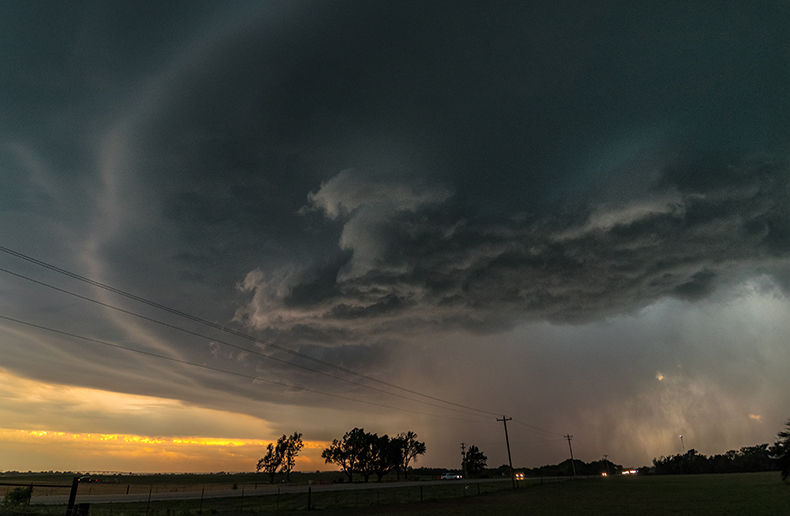Gold investors have sometimes compared the commodity to insurance, saying you have to own it before you need it.
“Put your money where your doubt is,” says Paul Desousa, vice-president of business development for Bullion Marketing Services (BMS). At a seminar in Toronto in February, Mr. Desousa outlined the case for owning bullion.
He pointed out that movements in gold have not correlated to the markets. A drop in the TSX or the Dow Jones Industrial Average has not always meant a drop in the price of gold, meaning that adding bullion to a portfolio may help to reduce volatility.
Mr. Desousa suggests advisors think about putting 10% of a portfolio into gold as a hedge against inflation and monetary concerns. “We’re not asking you to sell the farm, we’re asking you to sell a cow to protect the farm,” he says.
It may not be an investment in the traditional sense – a lump of metal doesn’t pay dividends – but gold has proven itself to be a store of value in tumultuous times.
This protection, like all insurance coverage, comes at a premium. The BMS Millennium Bullion Fund charges an annual management expense ratio of 2.25%. Since bars of bullion sitting in a vault require little in the way of active management, this income is used to pay overhead, reporting, storage, and auditing fees.
Investors can buy bars and wafers directly from the Canadian Mint or a retail bank, but the cost of safe storage and higher retail bid-ask spreads may make holding precious metals through a mutual fund more attractive. Changes introduced in the 2005 federal budget mean that investment grade gold and silver bullion, coins, bars, and certificates on such investments are now RRSP eligible.
Much of the recent enthusiasm for gold has been driven by a lack of confidence in fiat currencies in general and concerns about the United States economy in particular. In the third quarter of 2006, the Americans’ current account deficit increased US$8.4 billion to US$225.6 billion, and their international trade deficit is now well over US$750 billion.
In BMS’s annual report, president Nick Barisheff warns that investors will eventually stop buying all of this U.S. debt. “While the timing of a U.S. dollar collapse and the global currency crisis that will accompany it may be difficult to predict, it looms nevertheless,” he says.
Anthony Fell, chairman of RBC Capital Markets, has expressed similar concerns about the state of the U.S. economy. At a client appreciation dinner in Vancouver earlier this year, he also encouraged members of the audience to look at gold. “To some extent, I regret to say, all paper currencies are becoming somewhat suspect, and accordingly it is my view that gold bullion, rather than being the barbarous relic described by John Maynard Keynes, may well become the asset of choice for many investors over the coming decade.” Mr. Fell went on to say that gold bullion has been vastly undervalued and ignored by the marketplace, and is still a good buy despite the run up in prices over the last few years.
Then again, during the most recent stock market meltdown, gold failed to provide downside protection. In fact, precious metals gave up 5.9% on Feb. 27, representing the heaviest losses of all the Morningstar indices that day. “Gold is normally considered a safe haven during financial and political instability, says Morningstar Canada fund analyst Jordan Benincasa. “However, if the Chinese economy falters, the price of the shiny metal may follow suit since China is a significant purchaser of gold.”






